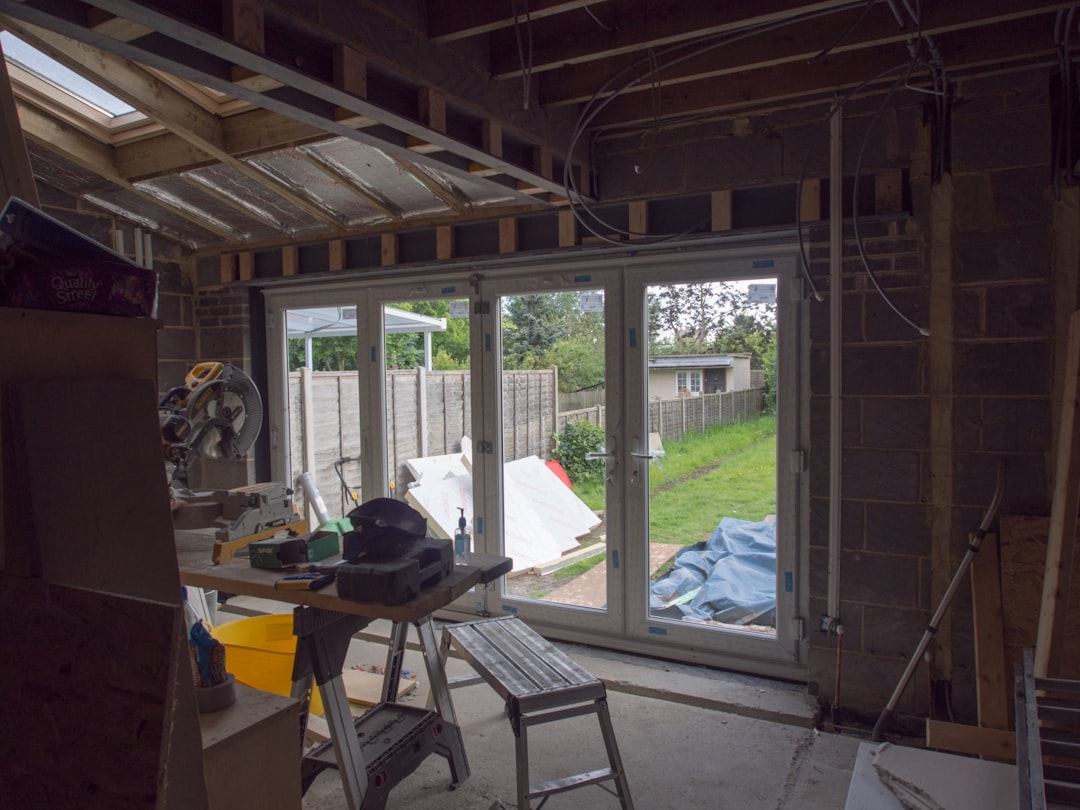
The average Kentucky home loses up to 30 % of its conditioned air through an unsealed crawlspace. In Louisville’s humid climate, that leakage invites mold, pests, and costly energy bills. CountBricks specializes in transforming neglected crawl areas into clean, dry, and fully insulated parts of your building envelope—without guesswork. Our AI-driven estimating engine captures real-time material pricing, labor rates, and task durations so homeowners and contractors know exactly what a project will cost before the first bag of insulation arrives.
• High humidity that feeds rot and mildew
• Seasonal drafts entering through uninsulated rim joists
• Sagging fiberglass batts dropping onto the soil
• Rodent damage to vapor barriers and wiring
• Rising utility costs caused by air leakage
1. Say it once. Using your phone or headset, describe the Louisville Crawlspace during a live conversation with CountBricks Assist.
2. The platform converts speech into a complete scope of work—vapor barrier thickness, R-value targets, dehumidifier specs, and square footage.
3. Real-time databases feed in the latest Louisville material pricing and crew availability.
4. Within seconds you receive a shareable estimate, optional financing schedule, and a branded PDF ready to send or sign.
Closed-Cell Spray Foam
• Delivers an air-tight seal at rim joists
• Adds structural rigidity to sub-flooring
• Moisture impermeable—ideal for Louisville’s wet springs
Rigid Foam Board with Taped Seams
• Cost-effective for large wall runs
• Excellent when paired with a 20-mil vapor liner
• Boards serve as a clean surface for future servicing
Conditioned Crawlspace Encapsulation
• 100 % coverage floor-to-wall vapor barrier
• Sealed supply/return ducts to stabilize temperature
• Integral dehumidifier sized by CountBricks load software
1. Site Scan & AI Takeoff: We photograph and laser-measure the perimeter. CountBricks.com/takeoffs converts data into exact material counts.
2. Debris Removal: Old insulation, organic growth, and debris are bagged out for proper disposal.
3. Vapor Liner & Air Seal: A 20-mil liner is pin-fastened and taped; rim joists sealed with spray foam.
4. Thermal Layer: Foam board or spray foam is applied to meet or exceed IECC R-10 requirements for Louisville.
5. Quality Validation: Our inspectors use thermal cameras and hygrometers. Results sync automatically to your customer portal at CountBricks.com/portfolio.
• Crawlspace height and accessibility
• Existing moisture damage requiring remediation
• Selected insulation type and R-value
• Electrical or HVAC obstacles that require rerouting
• Permit fees under Jefferson County code
• Total square footage: 1,100 sq ft
• Vapor barrier: 20-mil reinforced liner, 1,200 sq ft @ $0.55/sq ft
• Closed-cell spray foam: 3″ at rim joists, 120 board ft @ $2.90/bd ft
• Labor: Two-person crew, 2.5 days @ $56/hr blended rate
• Debris haul-off: 10-yard container, flat $260
• Contingency: 5 % proposed by AI risk model
Grand Total: $6,870 with timeline of 3 working days
• Schedule encapsulation during fall or winter when humidity levels are lower—faster cure times mean tighter seals.
• Opt for white vapor liners; the bright surface improves visibility for future inspections.
• Pair encapsulation with a smart-sensor dehumidifier tied into the CountBricks home automation module.
• Keep at least one removable access panel for plumbing repairs—our AI estimates automatically include this allowance.
• Real-time transparency: No hidden mark-ups; every screw is itemized.
• Speed: Voice-to-estimate in under three minutes saves days of back-and-forth.
• Integrated documents: Estimates convert to invoices, change orders, and warranties with one click.
• Data-backed quality: Thermal imagery and humidity logs are stored for life at CountBricks.com/client-vault.
Ready to turn that damp Louisville Crawlspace into a value-adding asset? Book a live video walk-through at CountBricks.com/consultation and receive a signed proposal before we hang up the call.

A 1920s bungalow in Louisville’s Highlands neighborhood suffered musty odors and buckling hardwood floors. The homeowner contacted CountBricks for a digital consultation. Within 15 minutes, our AI conversation captured the crawlspace height, joist layout, and evidence of standing water.
• Remove 360 sq ft of damaged fiberglass batts
• Install perimeter French drain connected to an existing sump
• Apply 3″ closed-cell spray foam to 92 linear ft of rim joist
• Lay 20-mil vapor liner with overlapping seams and butyl tape
• Deploy Wi-Fi dehumidifier with data feed to the homeowner’s CountBricks dashboard
1. Relative humidity dropped from 78 % to 53 % within 48 hours.
2. Floor temperature rose 6 °F, eliminating cold-foot complaints.
3. Energy usage decreased 18 % in the first billing cycle, verified through utility API integration on CountBricks.com.
4. The home’s resale appraisal increased by $9,000—exceeding the $7,400 project cost.
• Early moisture mapping allows for smaller dehumidifiers, saving upfront cost and long-term power draw.
• White liners reflect work-light, reducing installation time by roughly 12 % for low-clearance spaces.
• Integrating sensor data into the homeowner portal builds trust and simplifies warranty claims.
Whether you manage rental portfolios or own a single residence, CountBricks delivers crawlspace solutions validated by hard data. Start with a no-obligation voice call and receive a complete blueprint takeoff, schedule, and financing options within minutes. Visit CountBricks.com/services to schedule today.